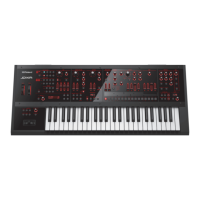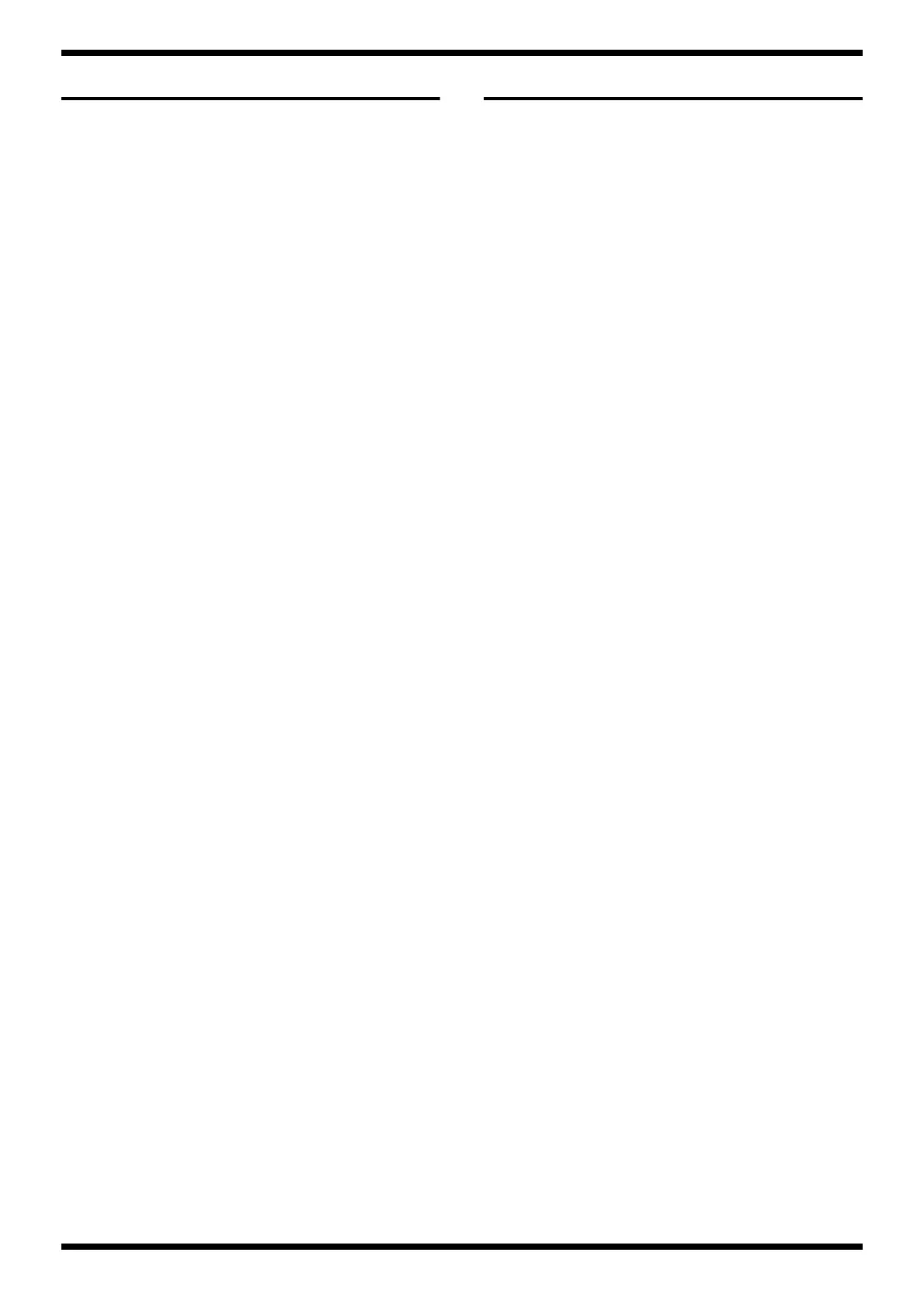2
Jul. 2015 JD-XA
Cautionary Notes
Before beginning the procedure, please read
through this document. The matters described may
differ according to the model.
Back Up User Data!
User data may be lost during the course of the procedure. Refer to Data
Backup and Restore Operations (p. 23) in the Service Notes and save the
data. After completing the procedure, restore the backed-up data to the
product.
Part Replacement
When replacing components near the power-supply circuit or a heat-
generating circuit (such as a circuit provided with a heat sink or including a
cement resistor), carry out the procedure according to the instructions with
respect to the part number, direction, and attachment position (mounting so as
to leave an air gap between the component and the circuit board, etc.).
Parts List
A component whose part code is ******** will not be supplied as a service part
because one of the following reasons applies.
• Because it is supplied as an assembled part (under a different part code).
• Because a number of circuit boards are grouped together and supplied as
a single circuit board (under a different part code).
• Because supply is prohibited due to copyright restrictions.
• Because reissuance is restricted.
• Because the part is made to order (at current market price).
• Because it is carried in electronic data on the Roland web site.
• Because it is a package or an accessory irrelevant to the function
maintenance of the main body.
• Because it can be replaced with an article on the market. (battery or etc.)
Circuit Diagram
In the circuit diagram, “NIU” is an abbreviation for “Not in Use,” and
“UnPop” is an abbreviation for “Unpopulated.” They both mean non-mounted
components. The circuit board and circuit board diagram show silk-screened
indications, but no components are mounted.
Specifications
Roland JD-XA: Synthesizer keyboard
Keyboard
49 keys (with velocity and channel aftertouch)
Sound Generator Section
Maximum Polyphony
Analog Part: 4 voices
Digital Part: 64 voices (varies according to the sound generator load)
Structure: Analog/Digital Crossover Synthesizer
Analog Part: 4 parts (2 OSCs + AUX, 1 Filter, 1 AMP, 2 Pitch ENV,
1 Filter ENV, 1 AMP ENV, 2 LFOs and 1 MOD LFO)
Digital Part: 4 parts (3 Partial (3 OSCs, 3 Filters, 3 AMPs, Envelops for
each section and LFOs))
(Digital Part uses SuperNATURAL Synth tones that is
compatible with the Integra-7.)
User Program Memory
Internal: 256
USB Flash memory: 256
The patterns of Arpeggio and Sequence are saved as programs.
Analog-OSC Section
Oscillator waveforms: Saw, Square, Pulse/PWM, Triangle, Sine
Knobs/Sliders: Pitch, Fine, Cross Mod, Pulse Width, Pulse Width
Modulation
Pitch Envelopes: Attack, Decay, Envelope Depth
Modulation: Cross Modulation, Ring Modulation, Oscillator Sync
(A-OSC2 is applied as modulation to A-OSC1.)
Analog-FILTER Section
Filter Type: LPF1, LPF2, LPF3, HPF, BPF, Bypass
Knobs: Cutoff, Resonance, Key Follow, Envelope Depth, HPF, Drive
Envelope: Attack, Decay, Sustain, Release
Analog-AMP Section
Knobs: Level
Envelope: Attack, Decay, Sustain, Release
Digital-OSC Section
Oscillator waveforms: Saw, Square, Pulse/PWM, Triangle, Sine, Variation
Knobs/Sliders: Pitch, Fine, Pulse Width, Pulse Width Modulation
Pitch Envelopes: Attack, Decay, Envelope Depth
Modulation: Ring Modulation
(Partial2-OSC is applied as modulation to Partial1-OSC.)

